South Africa’s retailers are officially in loyalty wars mode and this year the real battle is happening long before anyone touches a trolley. Consumers are tired, price sensitive, and more intentional about where they spend their money. Loyalty is not a perk anymore. It is a survival strategy.
And if you have been anywhere near the retail world in 2025, you will know that loyalty is no longer earned through a points card. It is earned through relevance, speed, personalisation, and the ability to actually understand what South Africans care about in real time.
So we pulled from the latest industry conversations, our client work across retail and financial services, and global trends to explore a simple question.
Who is winning South Africa’s retail sentiment race and what can your brand learn from it?
The Loyalty Battlefield: What South Africans Expect in 2025
South Africans have become far more forensic about value. According to multiple industry trackers, more than half of local shoppers compare prices across at least three retailers before buying anything. The Woolies shopper is not as predictable as they used to be and the Checkers shopper is far more brand loyal than people think.
Three trends define the battlefield.
1. Trust is now the currency
Consumers want to buy from retailers that feel reliable. Those who communicate clearly, stay consistent in quality, and respond fast to issues are the ones winning sentiment.
2. Discounts are not enough anymore
This mirrors the insights recently shared in Bizcommunity where experts pointed out that price cuts alone simply do not sway South Africans. They want value, convenience, and personalised relevance.
3. Experience and convenience have trumped loyalty cards
If your user journey feels clunky, the deal does not matter. People move to the next retailer instantly.
This is why Woolies, Checkers, and Shoprite are not fighting over discount percentages. They are fighting over sentiment, trust, and behaviour.
How the Big Three are Winning Public Sentiment
Woolies: The premium trust play
Woolies shows strong sentiment spikes whenever reliability is on display. Consistent quality, good returns processes, and a widely loved brand language give them an edge.
But they lose sentiment quickly when pricing feels out of touch with reality.
Checkers: The agility and experience brand
Checkers has become the modern favourite by doing two things exceptionally well:
- Making delivery and convenience effortless.
- Driving bold, fast, highly visible marketing moments.
Sixty60 alone contributes to a large volume of positive sentiment. When Checkers gets UX right, the market responds immediately.
Shoprite: The value and scale giant
No other retailer holds influence at Shoprite’s scale. The conversation is massive because the footprint is massive. South Africans turn to Shoprite first for affordability. Whenever inflation spikes or price comparisons trend, Shoprite dominates the conversation.
Where Technology Quietly Decides the Winner
Here is the part most brands underestimate.
The loyalty war is not won on shelves. It is won inside your data stack.
Every Woolies, Checkers, and Shoprite success story has one thing in common. They do not guess what their consumers want. They observe, measure, and act on real behaviour.
Here is where the tools YOUKNOW works with come in, very subtly and very practically.
Brandwatch
Brands use Brandwatch to understand:
- Real time shopper sentiment
- Rising issues during promotional periods
- What competitors are winning or losing on
- Which campaigns are actually resonating out there in the wild
This is how retailers stay ahead when public opinion can shift within an hour.
Amplitude
Retailers use Amplitude to answer questions like:
- Where in the app journey shoppers lose interest
- What behaviours predict purchase and repeat spend
- Which friction points cause cart abandonment during peak moments
This is how Checkers and Woolies obsess over experience.
OneSignal
Once the insights are clear, OneSignal powers:
- Personalised journey automation
- Real time nudges when users drop off
- Tailored messaging that speaks to each shopper group
This is how loyalty is built beyond the transaction.
Custom Reporting
Our reporting teams help brands move away from single snapshots and towards ongoing decision making. Retailers that combine social data, behavioural analytics, and operational data see loyalty lift far faster.
Again, no shouting about the tools. Just the reality of how they quietly shape the winners.
What Your Retail Brand Should Do Next
Here is how you can win your own loyalty war in 2025.
1. Track sentiment weekly, not quarterly
Loyalty can rise or collapse in hours. You need real time visibility.
2. Use behaviour, not assumptions, to fix drop off
The more complex your user journey, the more value behavioural analytics bring.
3. Personalise every message
If you are still sending blanket email blasts, you are losing customers.
4. Review your loyalty programme through a value lens
Ask yourself: would someone choose this again next week?
5. Build reporting that lets you see your shopper fully
This is where our team comes in.
Final Thought
South African shoppers are loyal but they are not blind. They will follow the retailer that makes their life easier, treats them with transparency, and shows genuine value.
The question is not which retailer is winning the sentiment race today. It is which retailers will adapt fast enough to still be winning it in twelve months.
If you want to understand how to do that with the right insights, the right data, and the right systems, our team is always happy to chat 👇
.avif)




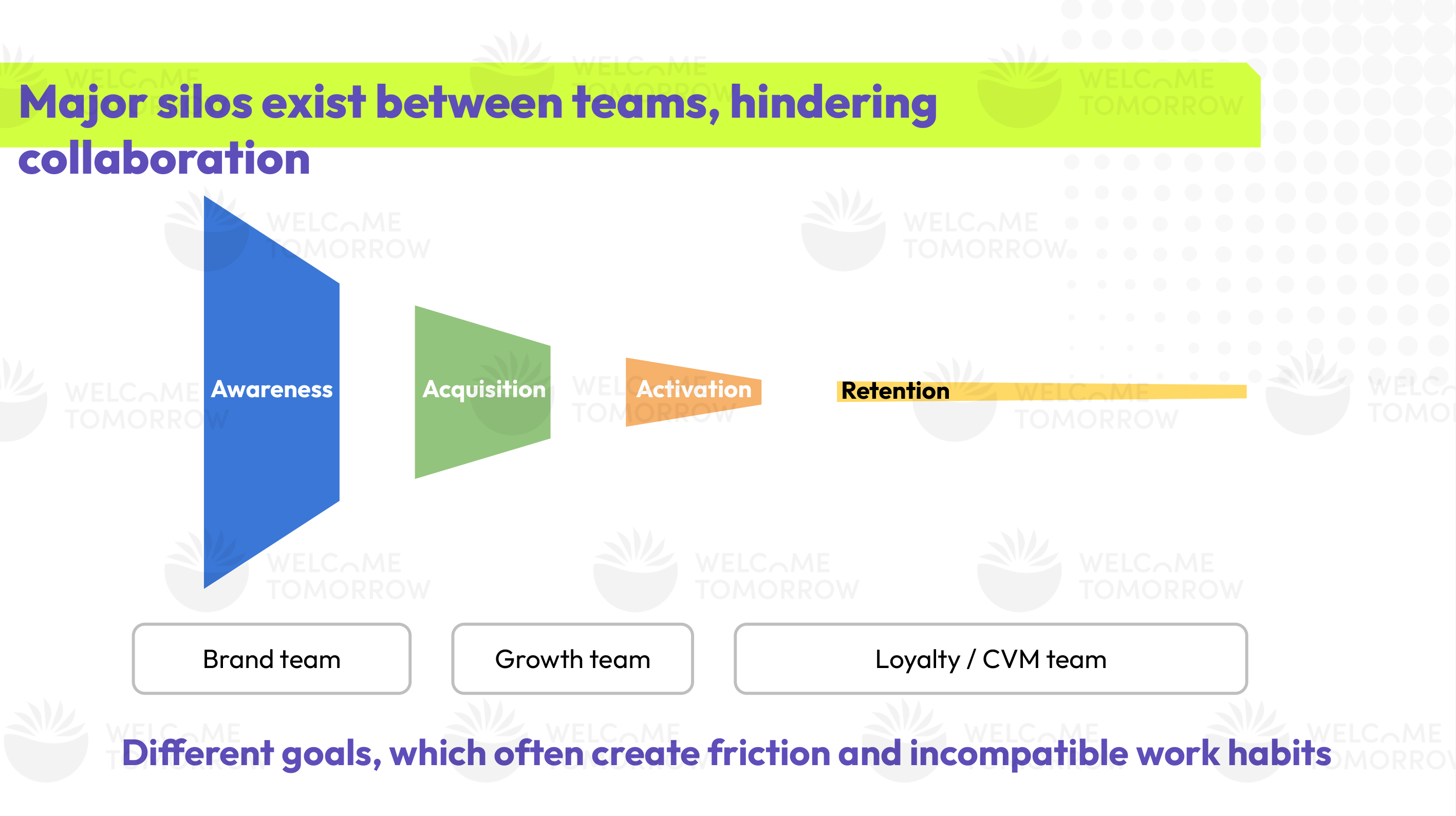
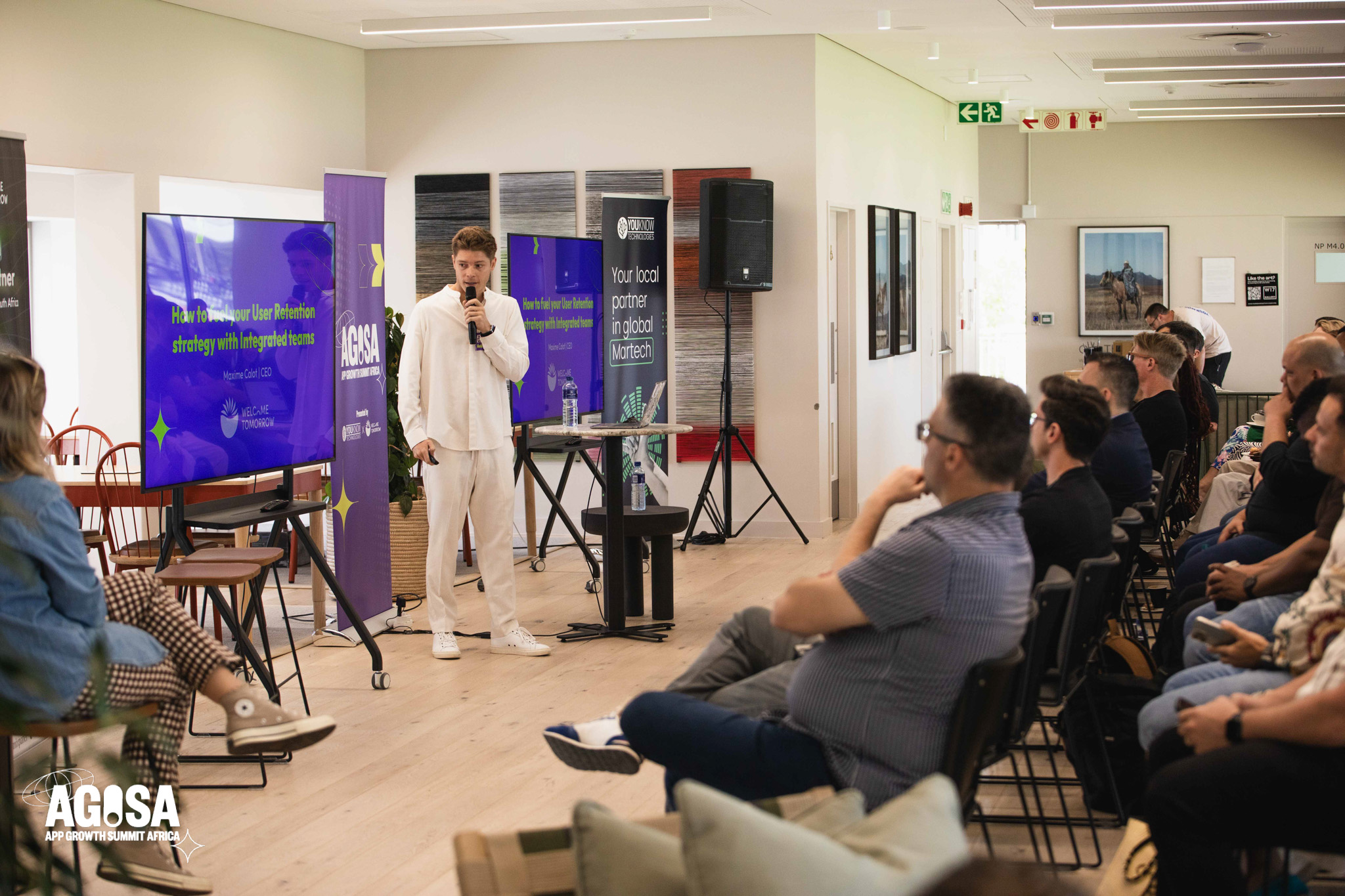










.jpg)
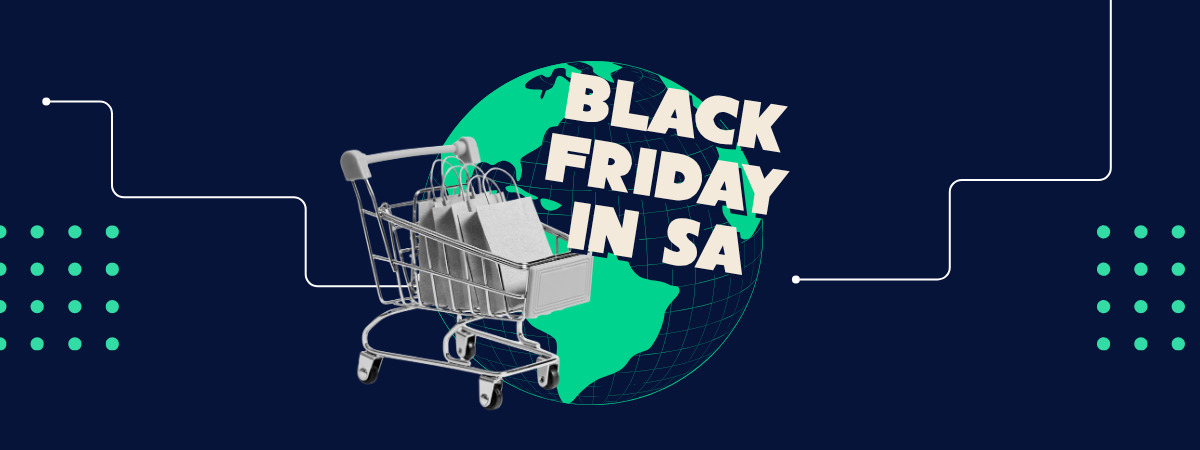


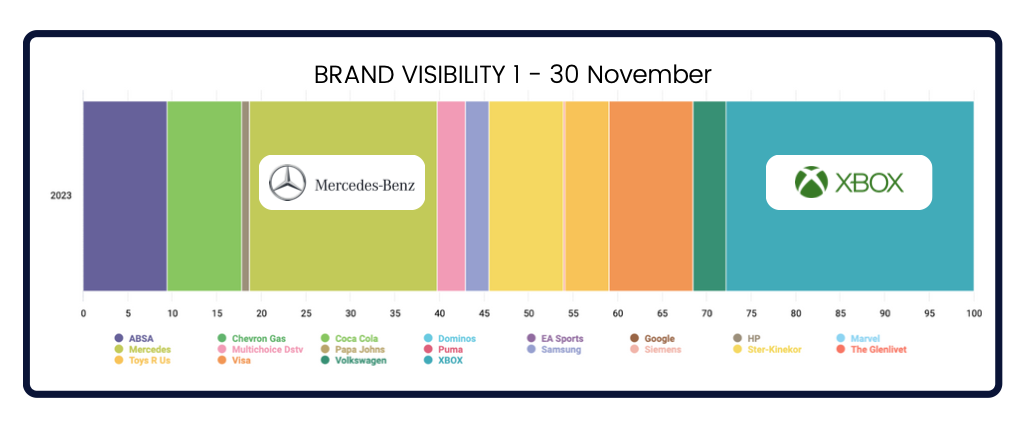
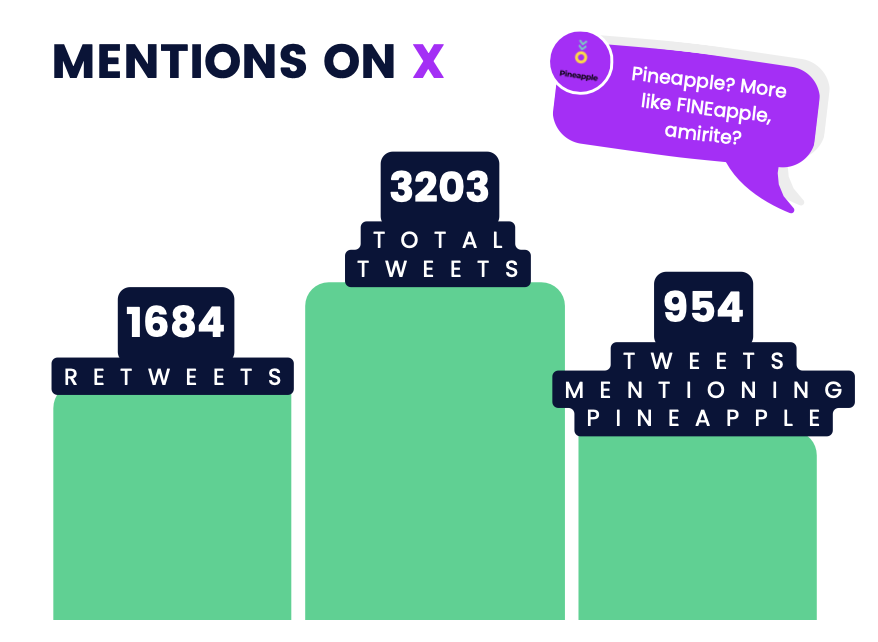
.jpg)
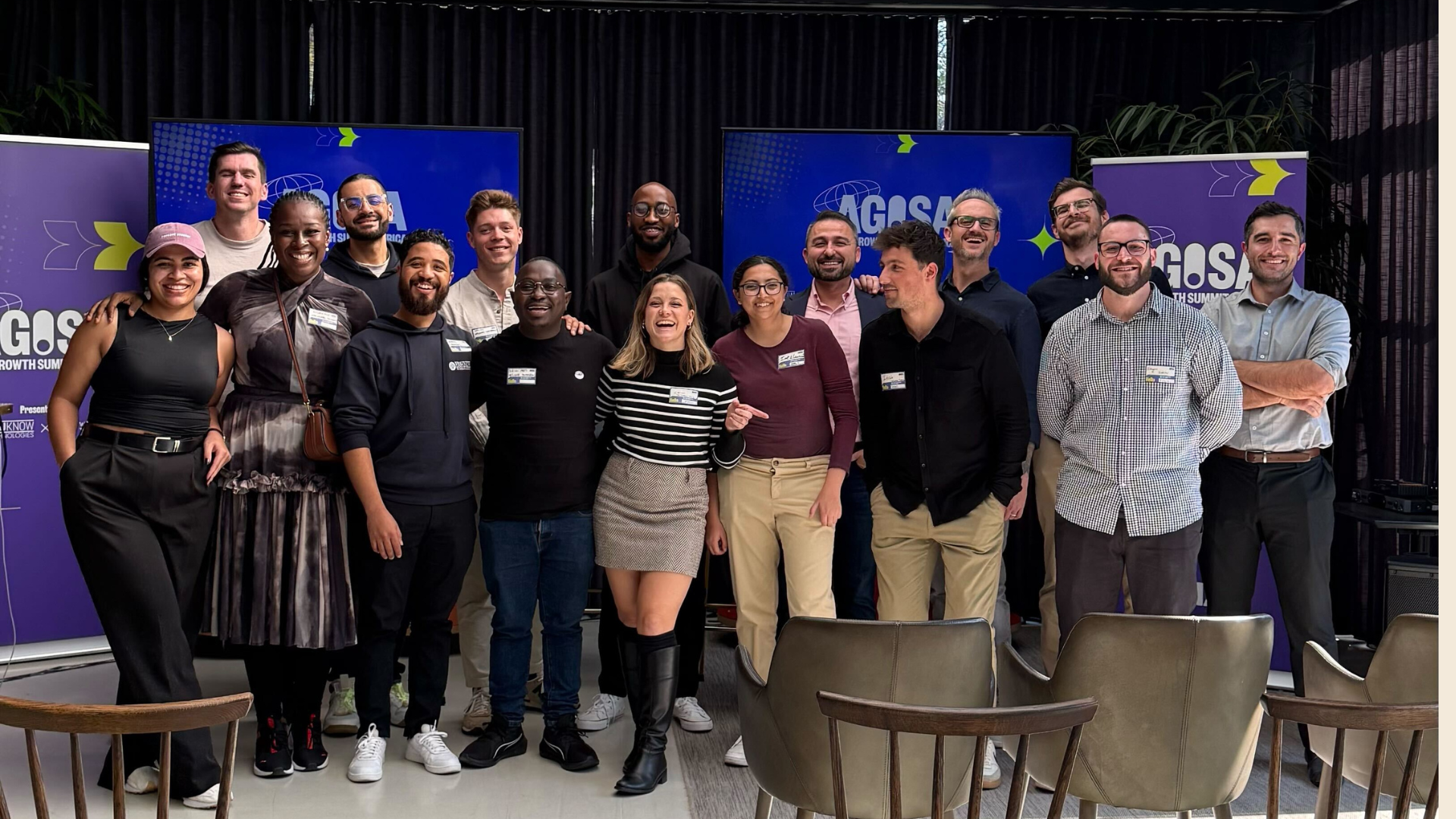

.png)


















.svg)